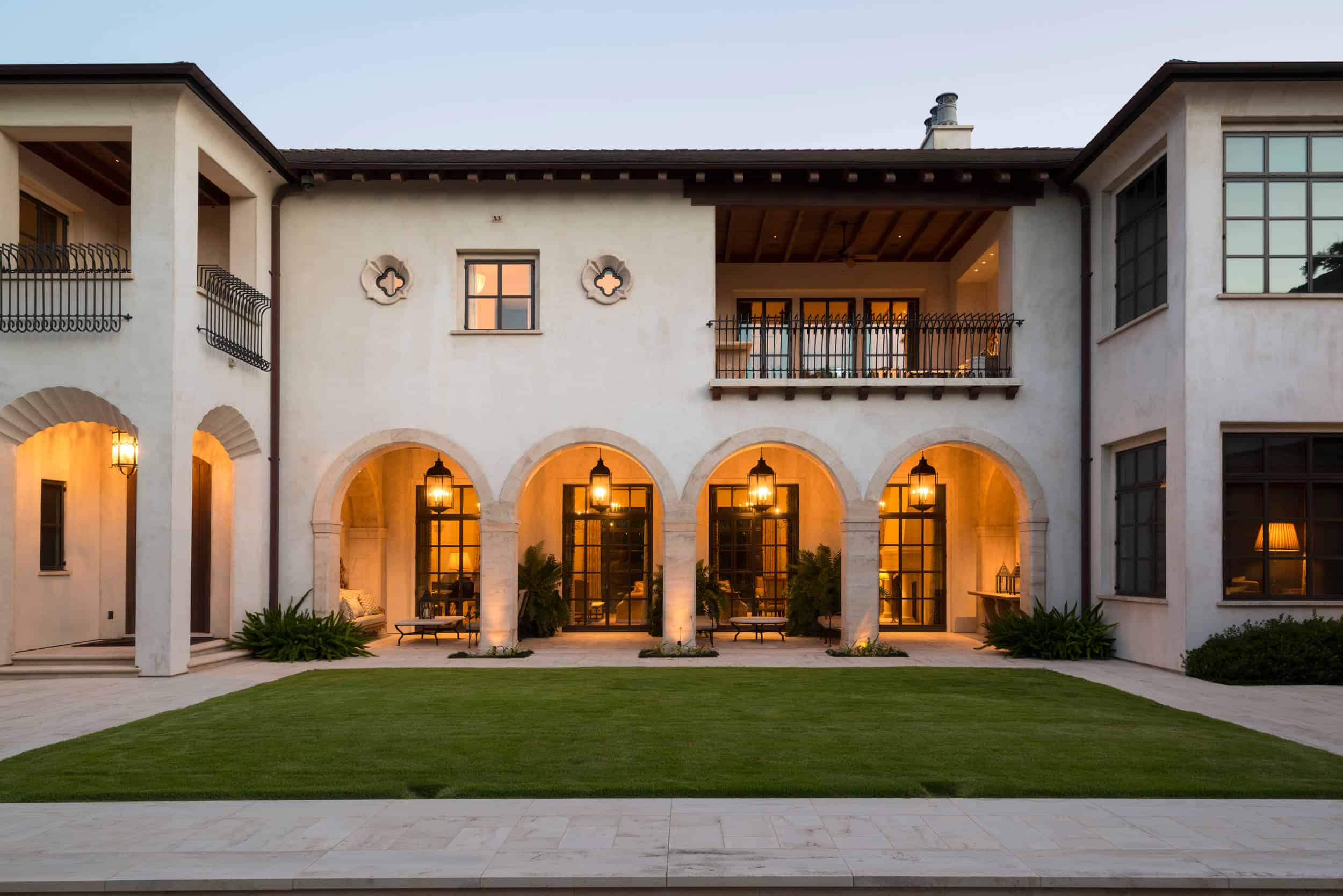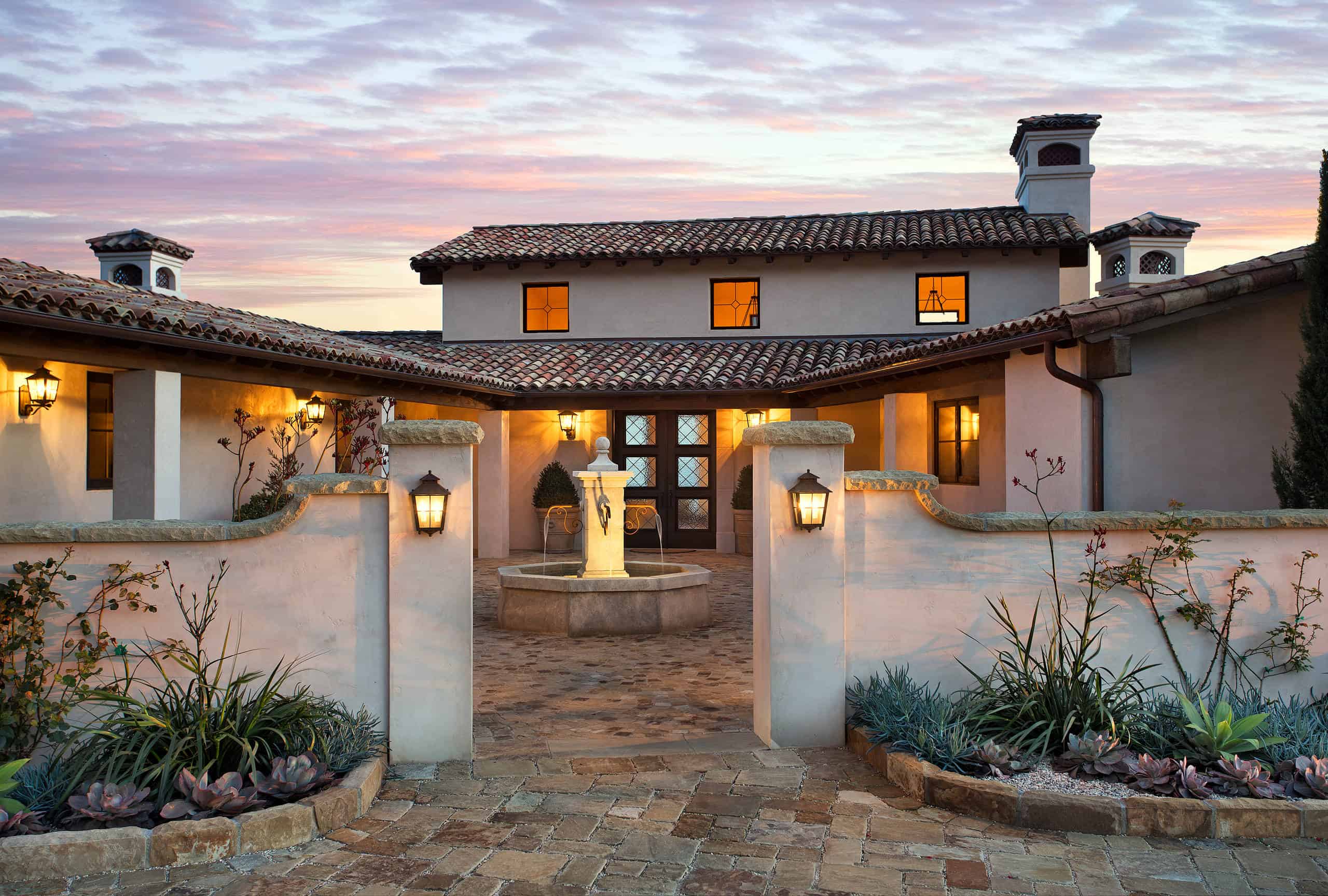
Sunlit Spaces: Maximizing Natural Light In Mediterranean Homes
Introduction
Natural light has always been a sought-after feature in homes, and it holds a special significance in Mediterranean architecture. With its warm climate and vibrant culture, the Mediterranean region has long embraced the use of large windows, skylights, and open spaces to create sunlit interiors that seamlessly blend the indoors with the outdoors. In this article, we will explore the various techniques and design elements used to maximize natural light in Mediterranean homes, and how they contribute to a bright and inviting living environment.
The Importance of Natural Light
Before diving into the specific strategies employed in Mediterranean homes, it's crucial to understand the importance of natural light. Natural light not only enhances the visual appeal of a space but also has numerous psychological and physiological benefits. Exposure to natural light can boost mood, improve productivity, regulate sleep patterns, and even promote vitamin D synthesis in the body.
Understanding Mediterranean Architecture
Mediterranean architecture is characterized by its emphasis on outdoor living, warm colors, and a seamless connection between indoor and outdoor spaces. This architectural style originated in countries bordering the Mediterranean Sea, such as Italy, Spain, and Greece, and has since gained popularity worldwide. Mediterranean homes are designed to maximize natural light, making it an integral part of their overall design philosophy.
Strategies for Maximizing Natural Light
1. Orientation and Placement of Windows
The orientation of a house plays a crucial role in determining the amount of natural light it receives. In Mediterranean homes, windows are strategically placed to allow for maximum sunlight penetration. South-facing windows are favored to capture the most sunlight throughout the day, while windows on the east and west sides of the house provide morning and evening light, respectively. Additionally, the size and placement of windows are carefully considered to ensure optimal lighting conditions.
2. Open Floor Plans
Another key aspect of Mediterranean homes is their open floor plans. By eliminating unnecessary walls and partitions, natural light can flow freely throughout the space, creating a bright and airy atmosphere. Open floor plans also enhance the connection between different areas of the house, making it easier for light to reach every corner.
3. Skylights and Clerestory Windows
Skylights and clerestory windows are commonly used in Mediterranean homes to bring in additional natural light. Skylights are installed in the roof and allow sunlight to filter directly into the room below. Clerestory windows, on the other hand, are placed high on the walls, near the ceiling, to let in light without compromising privacy. These features not only increase the amount of natural light but also add architectural interest to the space.
4. Reflective Surfaces
Incorporating reflective surfaces is an effective way to bounce natural light around a room. Mediterranean homes often feature polished marble or tile flooring, mirrored accents, and light-colored walls to amplify the brightness of the space. These surfaces reflect light, creating a sense of depth and maximizing the impact of natural light.
Gallery

Caption: Large windows and open floor plan in a Mediterranean living room.

Caption: Skylights bring in additional natural light in this Mediterranean kitchen.

Caption: Reflective surfaces, such as this mirrored accent, enhance the brightness of a Mediterranean bathroom.
Conclusion
Maximizing natural light in Mediterranean homes is a fundamental aspect of their design. Through strategic orientation, careful placement of windows, open floor plans, skylights, and the use of reflective surfaces, these homes create sunlit spaces that are both visually appealing and beneficial for the occupants' well-being. The seamless integration of indoor and outdoor areas, characteristic of Mediterranean architecture, further enhances the connection with nature and emphasizes the importance of natural light. By implementing these strategies, homeowners can transform their living spaces into bright and inviting sanctuaries that capture the essence of Mediterranean living.